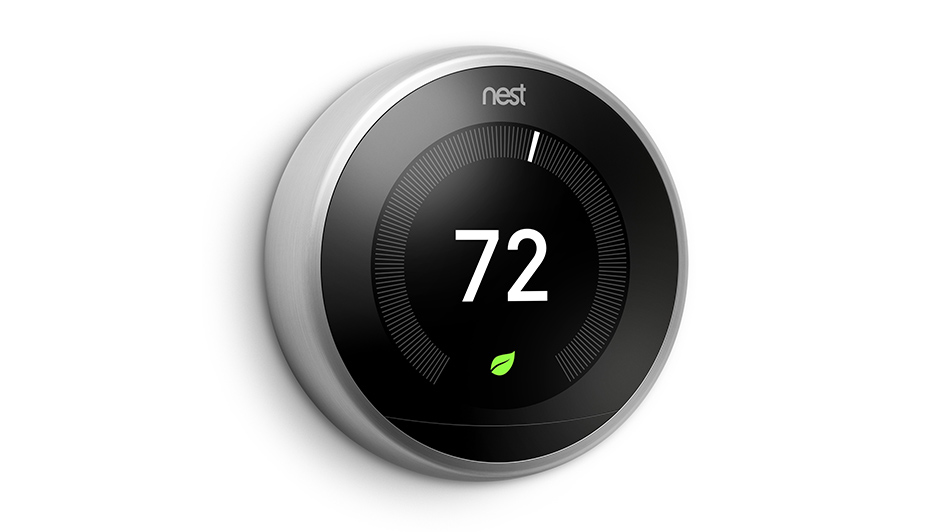
The Nest thermostat is one of the most popular smart thermostats you can get. And for good reason. It figures out your temperature preferences and makes an energy-efficient schedule to match. And by geofencing with your phone, the Nest Learning Thermostat and Nest E know when you’re at your house or gone and can raise and lower temps to help you save even more.
The Nest can be used with a wide range of 24-volt heating and cooling systems, but it’s always a wise idea to use the Nest thermostat compatibility checker before getting one. Don’t forget to check with your energy company for valuable rebates, because you could be able to get a Nest for free or close to it.
Once you’ve checked it’s compatible, you can either hook it up on your own or contact a HVAC specialist like Assured Appliance & Heating & Air. If you’re wiring it on your own, you’ll notice a terminal for the C-wire, or common wire. This wire is only used for powering your thermostat. If your house or HVAC system is older, you might not have one of these wires. In the majority of cases, Nest says this isn’t an issue as the thermostat can pull adequate power from other heating and cooling wires.
In some instances, your heating and cooling system could require that C-wire. And here’s why.
Why Your Nest Keeps Losing Power and Other Problems
The Google Nest Thermostat is an improvement from older programmable thermostats that have a combination of wiring and AA batteries for power. It relies on a rechargeable lithium-ion battery and wiring to connect to Wi-Fi, power its digital display and turn on your heating and cooling system.
8 Common Nest Thermostat Issues
If it can’t draw ample power, Nest says you could have some of these troubles:
- Short battery life.
- Thermostat motion sensing won’t work.
- Your thermostat every now and then disconnects from Wi-Fi.
- Your system suddenly turns on or off, or won’t stop running.
- Your system is creating odd noises, including chattering, stuttering, clicking or thumping.
- Heating or cooling is short cycling, or repeatedly turning on and off in a short period of time.
- There is a delay notification on your Nest thermostat’s screen, along the lines of “heating is delayed for 2:30 minutes.”
- The system fan is constantly on, won’t switch on or turns off and on frequently in a short period of time.
You might think something is wrong with your heating and cooling system, but if you just got the Nest, it’s best to check your thermostat initially. This is especially timely if the weather is temperate, and you haven’t been running your heat or air conditioning consistently.
Our Specialists Can Fix Nest Thermostat Troubles
If you’ve attempted Nest thermostat troubleshooting without help but can’t solve the problem, a smart thermostat professional such as one from Assured Appliance & Heating & Air can support you. We can pinpoint the issue and install a C-wire, if needed.
Smart thermostats like the Nest are designed to make your life easier, through automatic energy-efficient programming and the option to keep an eye on temperatures while you’re on the go. It’s a frustrating experience when yours won’t run properly, but our heating and cooling experts at Assured Appliance & Heating & Air can take care of the problem in no time.
If you’re going through strange heating and cooling behavior with your new Nest, call us at 847-306-8990 to book your appointment right away.

